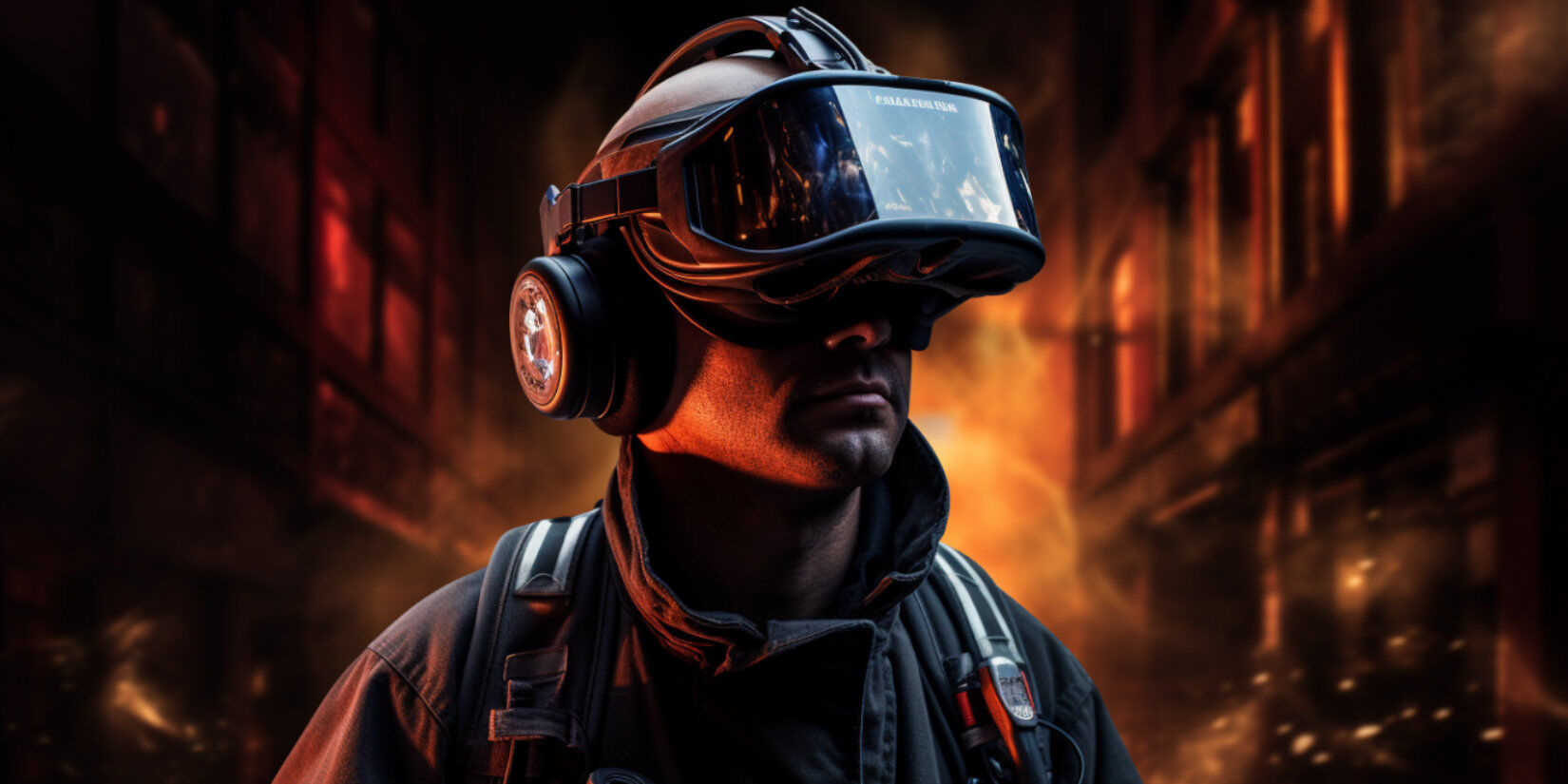Virtual reality (VR) and augmented reality (AR) have undergone rapid development in recent years. These technologies have not only revolutionized the way we play games or communicate, but also offer significant benefits for training and preparation in critical areas such as the fire department.
- Fire simulation: In a fully immersive VR environment, firefighters can experience the heat, smoke and intensity of real fires. This allows for safe and repeatable training.
- Search and rescue exercises: AR can augment real-world environments with virtual obstacles to simulate the difficulty and variety of rescue missions.
- Vehicle rescue: The complex art of freeing trapped persons from destroyed vehicles can be facilitated by AR simulations.
- Hazardous Material Intervention: VR allows firefighters to learn how to respond to chemical spills or hazardous material leaks without being exposed to actual hazards.
- Medical First Aid: When combined with traditional medical training, VR can help improve understanding of life-saving techniques in emergency situations.
- Tactics and strategy training: Instead of going through theoretical training, firefighters can use VR and AR to practice tactical decision-making in real time.
Advantages
- Safety: The ability to practice in a virtual world eliminates physical risks.
- Cost-effectiveness: After the initial investment, there are minimal ongoing costs compared to traditional exercise methods.
- Repeatability: Training scenarios can be repeated as often as necessary.
- Customizability: In the digital world, almost unlimited training scenarios can be created.
Hurdles
- Technical challenges: Dependence on technology means that downtime can occur.
- Realism: Despite all the progress, there is still a gap between the virtual and the real world.
- Initial investment: Setting up and implementing VR and AR systems can be expensive.
A concrete example
The Munich Fire Department has launched a series of VR and AR training programs that cover a range of scenarios, from major fires in urban areas to chemical spills. This advanced training has helped increase the efficiency, safety and operational readiness of their teams.
Conclusion
The benefits of VR and AR in firefighter training are undeniable. The ability to simulate diverse and dangerous scenarios in a safe environment has the potential to revolutionize not only training, but also actual mission response. It is an investment in the future of safety and efficiency of our fire departments.
